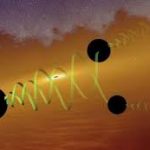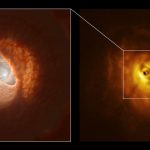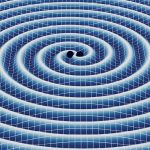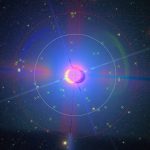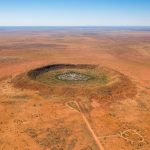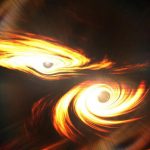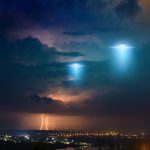The world’s deepest freshwater cave just got a whole lot deeper0
- Ancient Archeology, Earth Mysteries, From Around the Web
- September 5, 2020
For decades, spelunkers have flocked to the flooded caverns of the Czech Republic’s Hranice Abyss, which stretches farther below ground than any other freshwater cave system.


